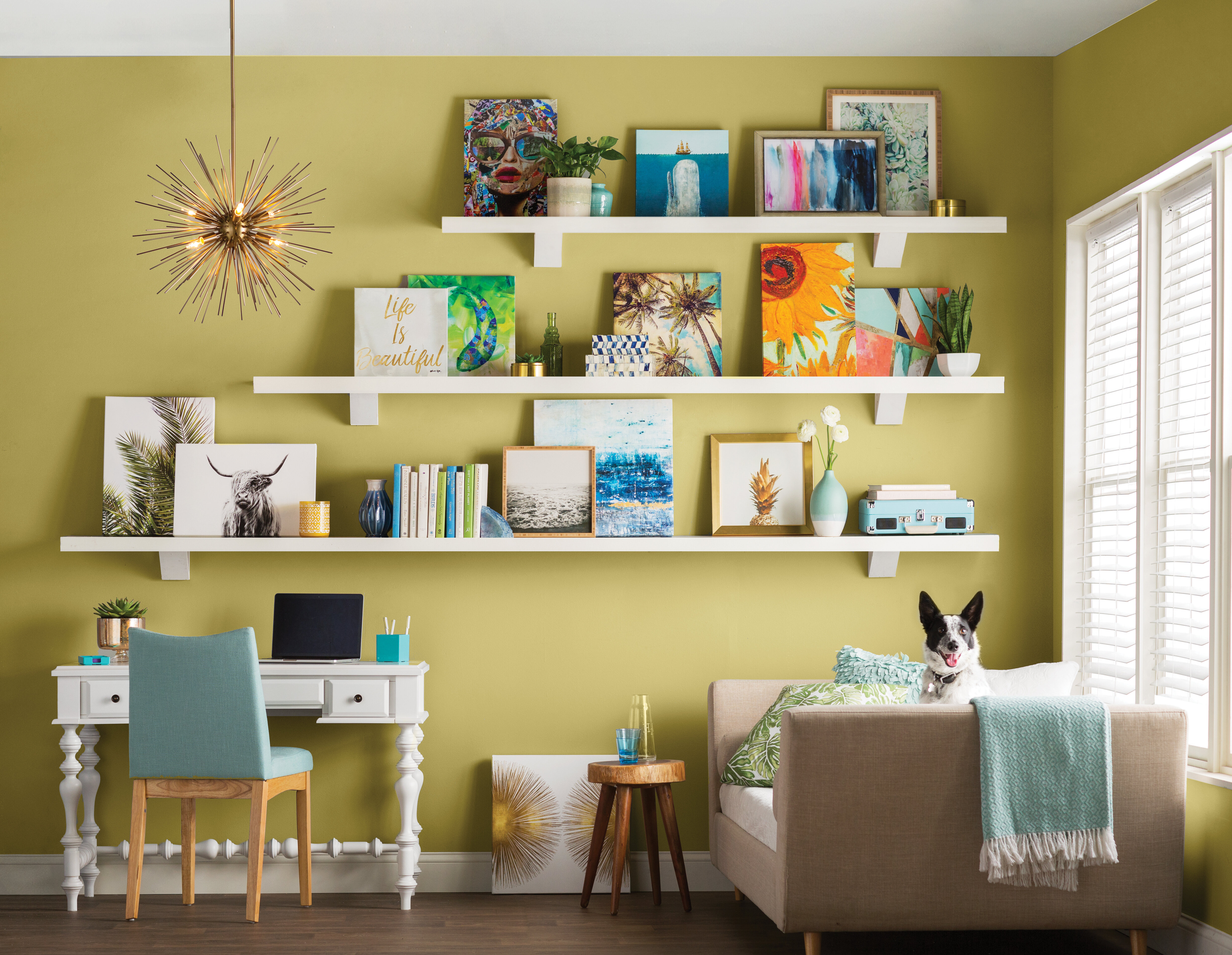We recommend measuring your space before installing a piece of oversized wall art as it can overwhelm a small space.
How to select the proper width light for wall art.
However with the electronic art dimmer that comes with every cocoweb picture light you still have flexibility in adjusting the light output to the optimal brightness from the picture light size that you choose from the range we suggest.
The clearance needed depends on the space the light is being used in.
Whether used for an elaborate display or just a soft and subtle highlight lighting is meant to place your art at center stage.
However the task of determining the proper size and placement of new artwork can sometimes seem daunting.
In living rooms bedrooms or open foyers where people might be walking underneath a fixture.
Oversized art refers to all wall art that is 41 inches or larger in height or width.
To find out which size light to buy for your art measure the width of the frame and use the following rules to determine the right length.
The width and length of the artwork you choose should measure within the range of these calculations.
If you follow these 3 easy lighting tips your art will always be cast in the best light possible.
How low a light fixture can hang.
Another thing to consider when selecting artwork is how high it will hang whether on a blank wall or above a piece of furniture.
Depending on the room or placement of the fixture the hanging length or height of a fixture is equally as important as the size.
Eyeball it and look for wall art that will cover 2 3 to 3 4 of your wall.
Whether it is a unique one of a kind original painting a framed print a canvas print or photographs any designer will tell you that adding wall art to your home decor will enhance your room with color and style and will often become an eye catching focal point in a space.
For a frame 12 to 18 inches wide use a 5 1 2 inch light.
For a frame 8 to 14 inches wide use a 4 1 2 inch light.
As a rule of thumb adds russell ceiling mounted lights should be placed so that the light beam hits the center of the artwork when the fixture is adjusted to a 30 degree angle.



















